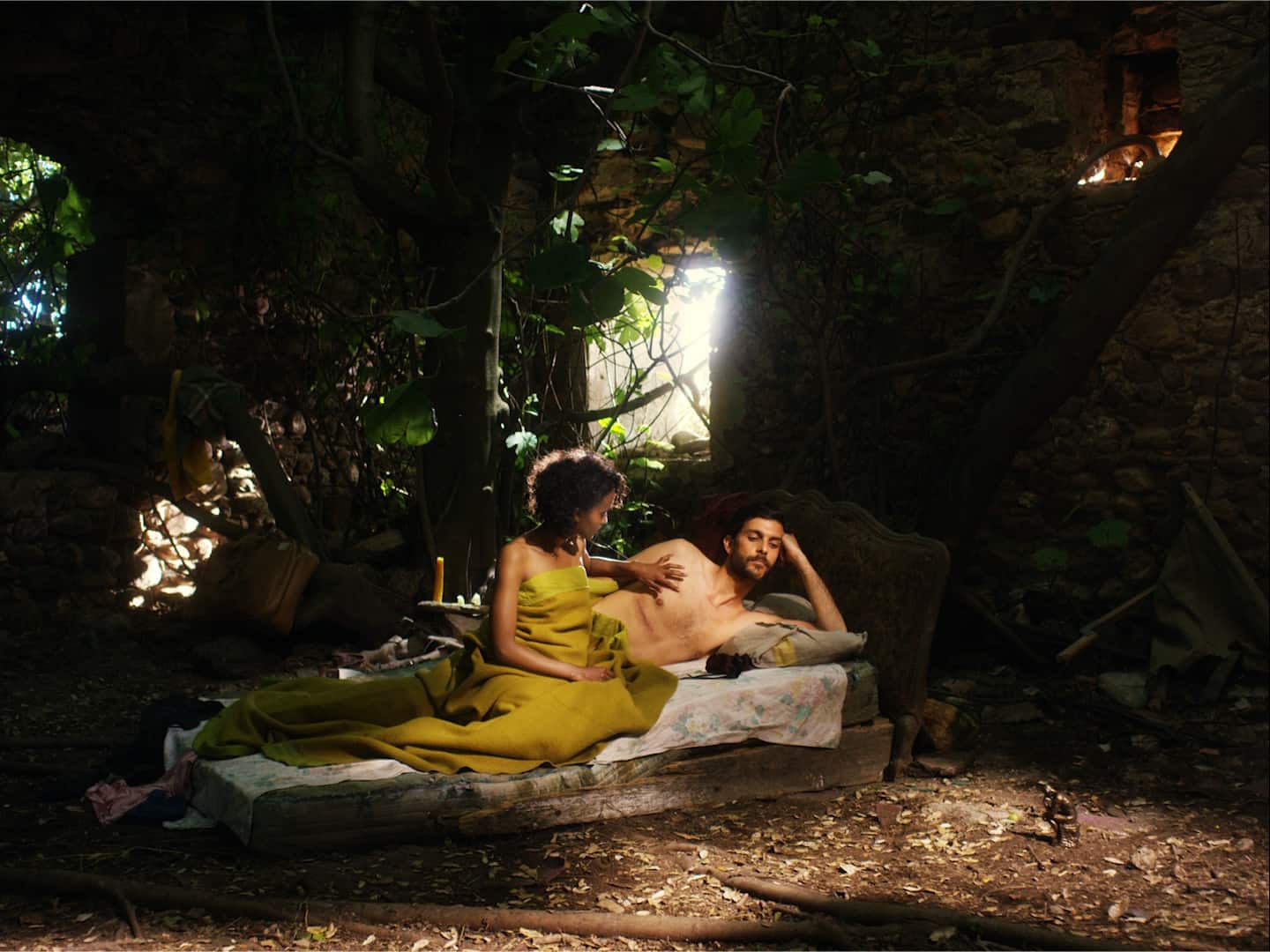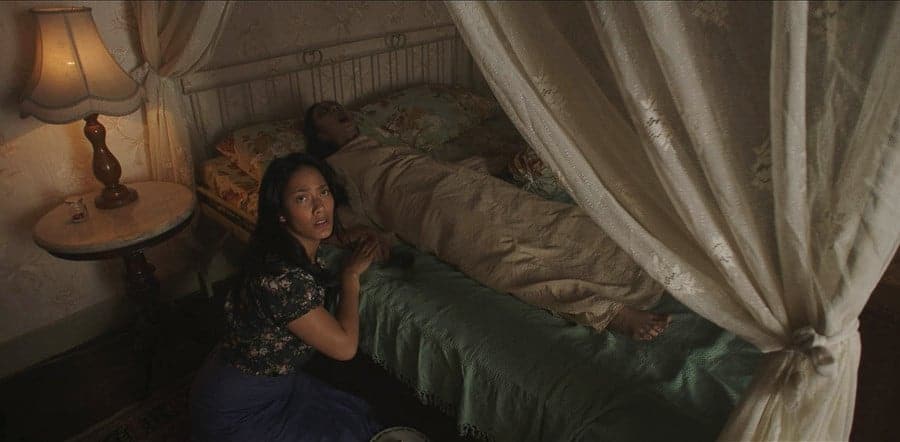As an avid fan of both exploitation and documentary, I could not easily find anything better to watch than a documentary about HK cinema's CAT III movies. Even more so, since James Mudge, a personal friend of mine and author of one of the most detailed guides in the category participates in the film, along a number of experts, like the director Calum Waddell and Sean Tierney (aka Silver Spleen), some of the actual protagonists of the films of the category, like Anthony Wong and Josie Ho, and some of their directors, like Godfrey Ho, who talk about both CAT III and their personal experiences.
The documentary starts with the history of the category, tracing it, as usually in HK cinema, in the productions of Shaw Brothers and the influence of Run Run Shaw that allowed him to “ignore” censorship. The film “Men Behind the Sun” however, is considered the film that initiated CAT III as a phenomenon, with its analysis taking a significant part of the documentary. As the aforementioned explain how the phenomenon reached its apogee during the 90s, they also try to analyze the reasons these extreme movies became so popular (at least the ones focusing on violence not sex, those do not need explaining) and Anthony Wong explains his own, quite personal about his decision to act in these films and eventually becoming one of the stars of the category, even if he is not sure about the reason (the rest of course pin it on him being a great actor).

Then, gradually, and after analyzing films that are considered the most iconic in the category (“Ebola Syndrome”, “The Untold Story”, “Happy Together”, Sex and Zen” etc) the documentary starts dealing with the decline of CAT III, and the eventual of the whole Hong Kong film industry, after China started investing heavily on production. The few productions that were released after 2000 also are referenced, with Josie Ho giving an insight on her loving of acting on “Dream Home”
The analysis of the films, the history of the category and the psychology of enjoying them (which Mudge and Tierney place on the enjoyment of being shocked from seeing something that is not “supposed” to be shown on screen), CAT III receives a rather thorough presentation. Furthermore, their value as artistic creations and as a step stone for the career of a number of actors who are now considered stars (Shu Qi for example) are also exemplified.

Great job has been done in the editing department, with Naomi Holwill breaking the interviews into parts that fit each section, and connecting them with both each other and the footage of the movies, in the most engaging way.
Not much more to say, if you are interested in an intro to extreme (Asian) cinema, you will not have to look any further than “Category III: The Untold Story of Hong Kong Exploitation Cinema”. The only thing missing is, perhaps, Simon Yam.
















Well, where is it available?
Right? I can’t find it to watch anywhere.
It will be on Festival Scope for a few more days